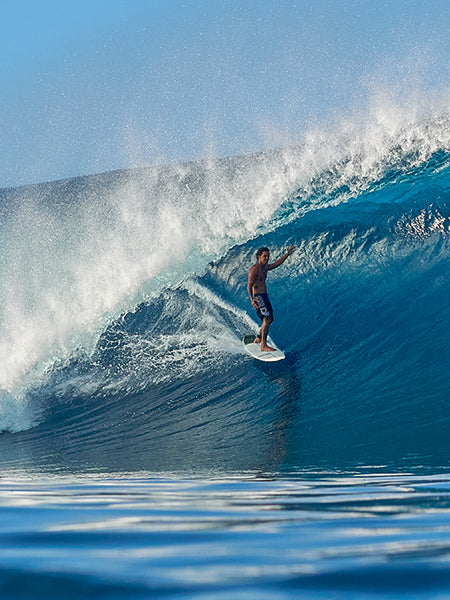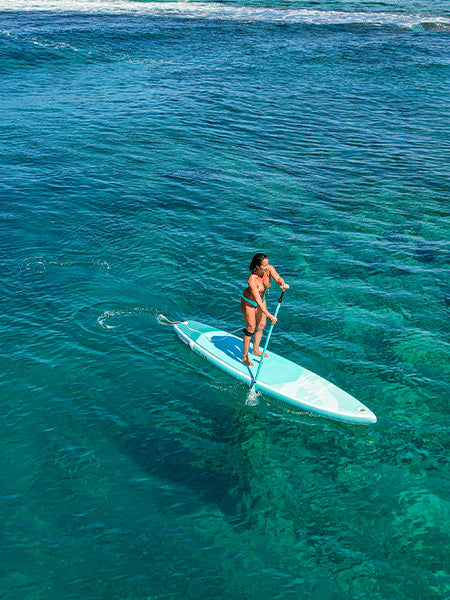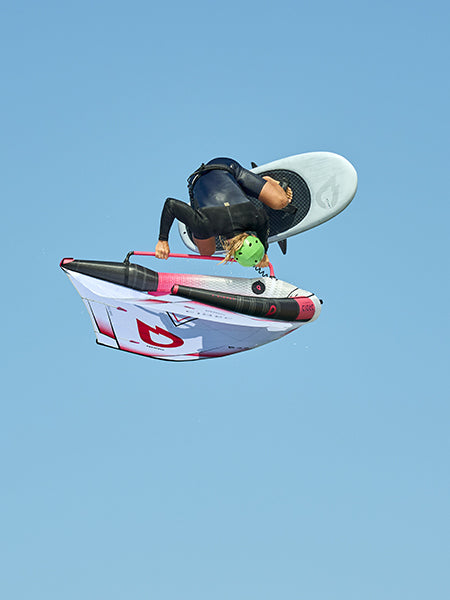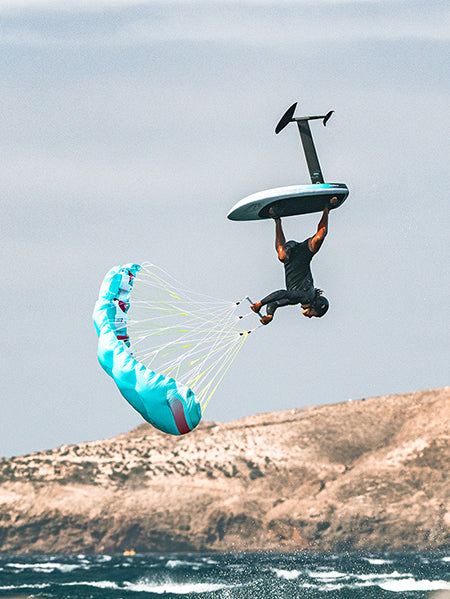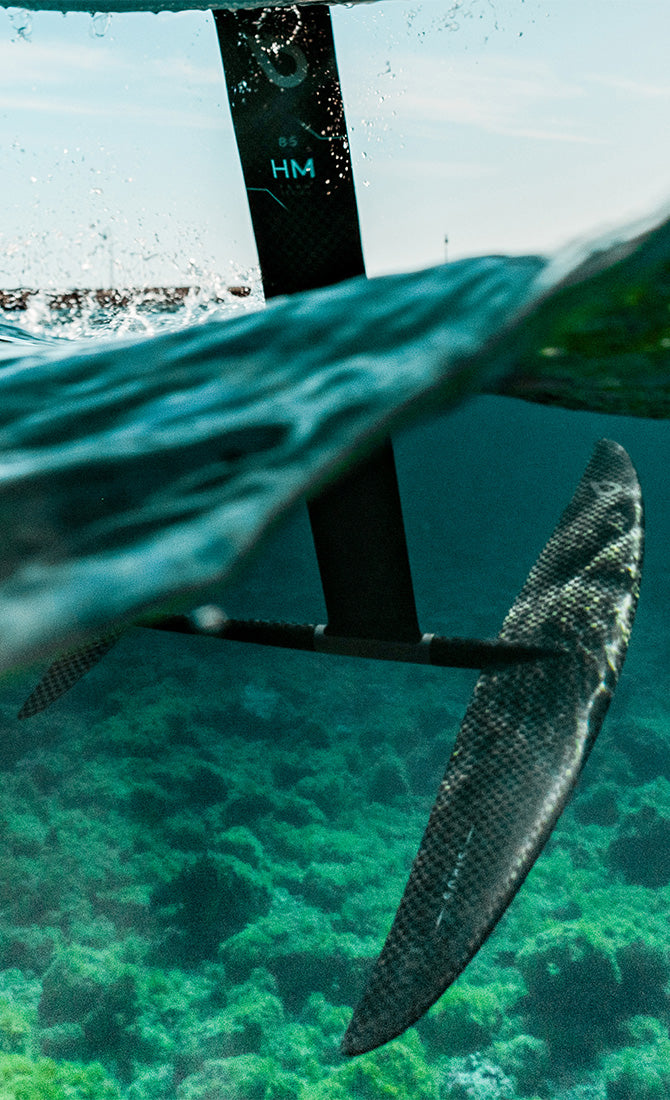Noseriding
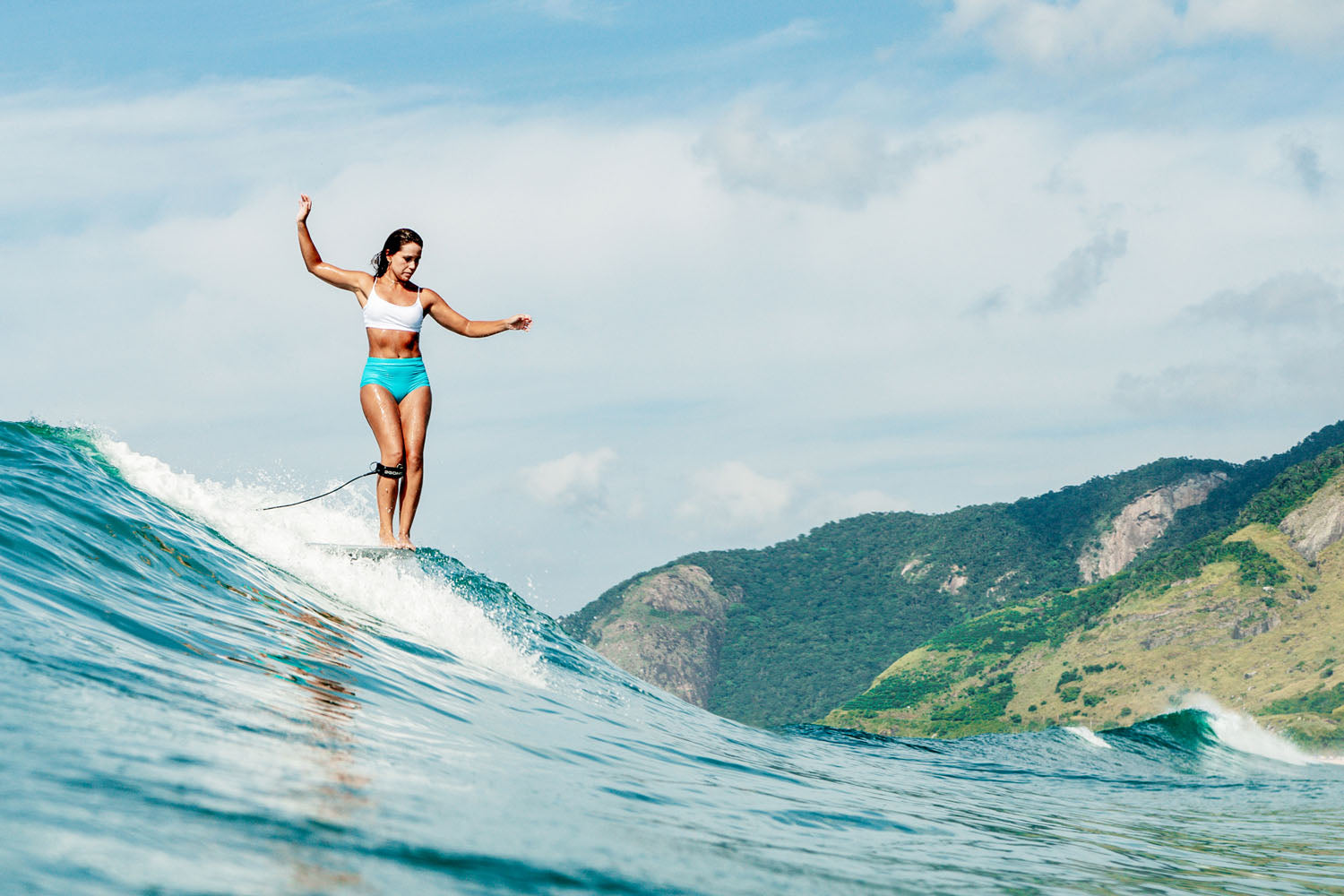
The emblematic nose ride is not just a demonstration of style, it’s a thrilling maneuver with an infinity of variations that can extend the fun on the water. Hang five, hang ten, reverse hang ten, heel hang,… The list goes on and on. Here are our tips for setting your feet in this universe.
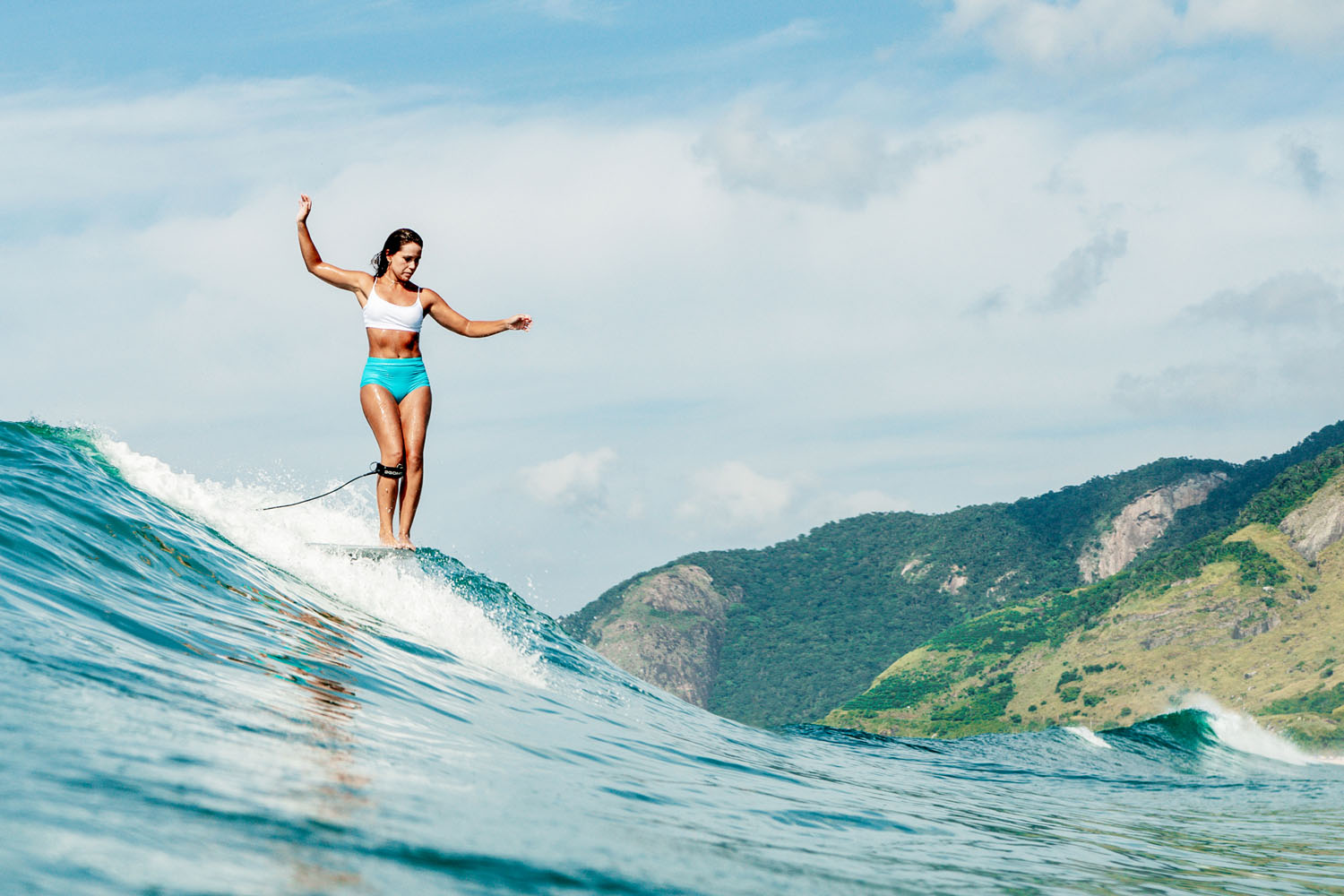
What are the specs of the ideal board for noseriding?
To learn in ideal conditions, we recommend a classic longboard rather than a performance longboard. That is to say a board with a buoyant nose, 50/50 rails for a soft and continuous grip, a relaxed rocker for planing. The wider a board is and the more stable it will be, the more surface area and volume the shape of a nose offers, the more buoyant it will be and the easier it will be to hold a noseride. In our range, the most suitable boards are the Incredible, the Pampa or the Moblog. The versatile Ten Blues is also an excellent choice to progress in this register.
And for the fins?
Le set-up en single est celui qui joue le mieux le rôle de stabilisateur, notamment lors de vos déplacements. Votre dérive centrale doit être suffisamment profonde, donc une dérive de 9’’ minimum. Une grande dérive vous permettra de conserver votre planche en haut de vague plus longtemps (au tiers haut de la vague), donc de vous laisser le temps de tenir au nose plus longtemps également.
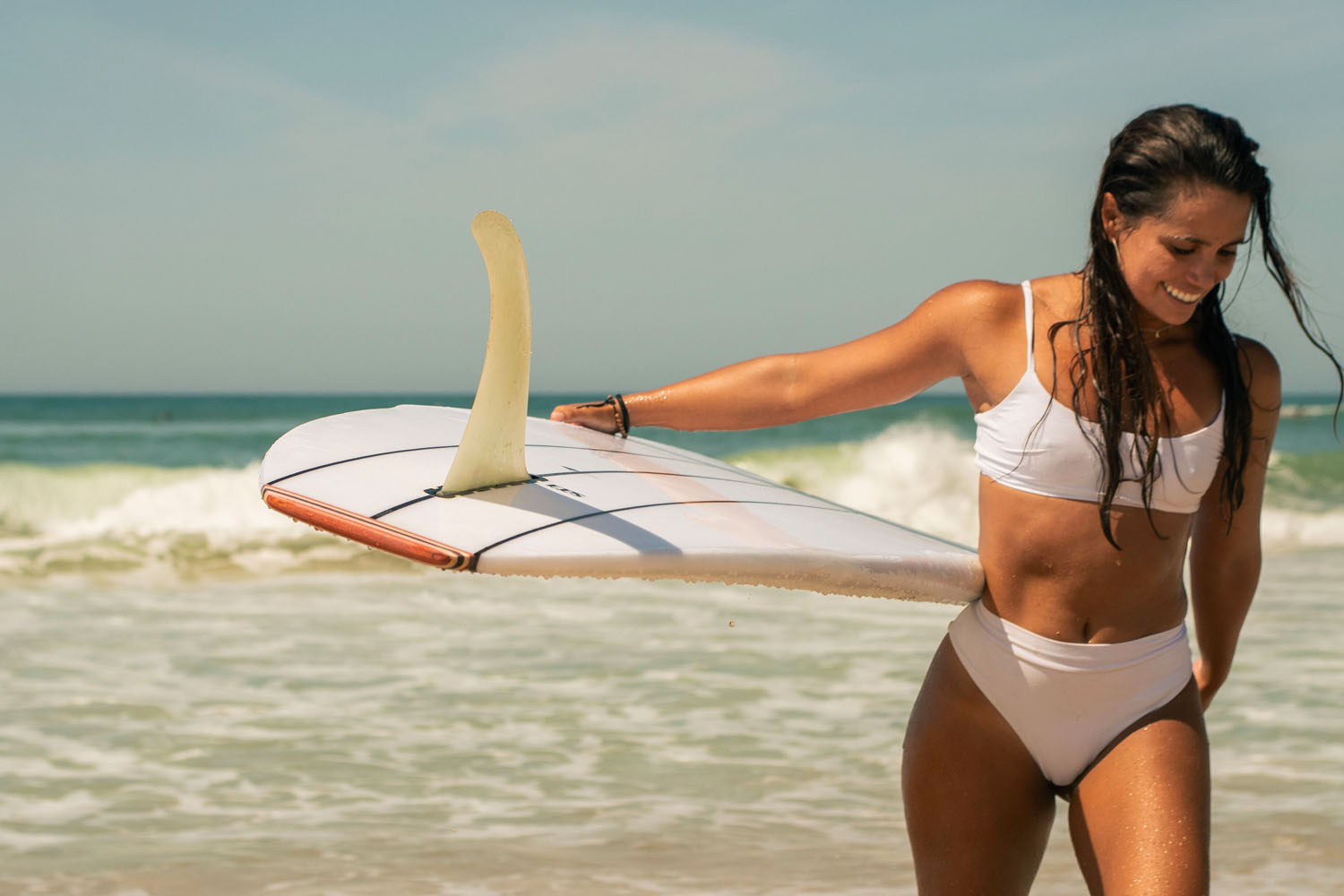
What leash?
A leash with the strap located just below the knee is essential, the position of this leash will allow you to move around without tripping over it.
Wax the nose of your board:
It remains a technical exercise so make your life as easy as possible, a good grip at the level of the nose is essential to ensure your balance and your trajectory.
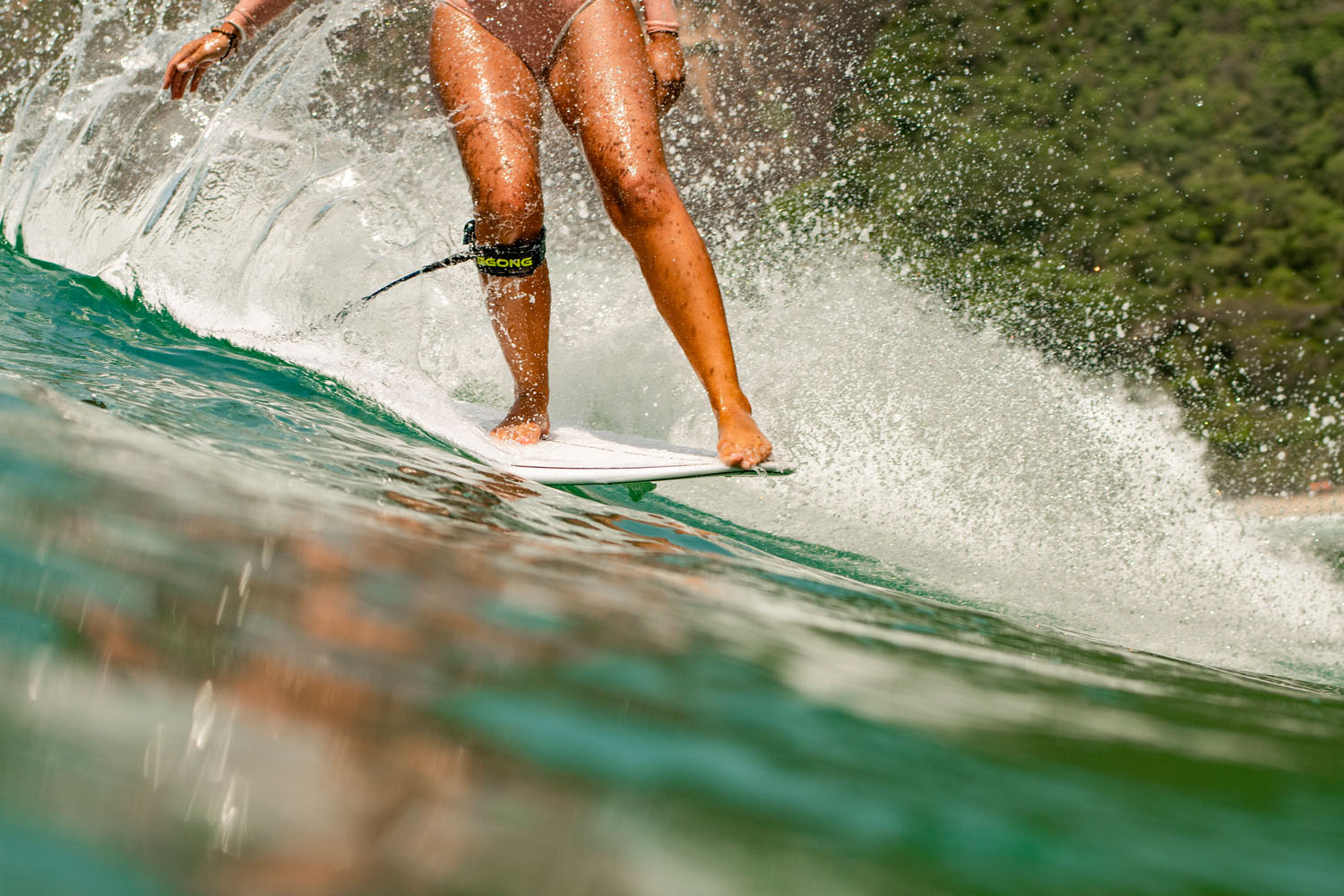
In which conditions should you go for it?
The perfect beginner wave is a waist high point break or any wave that peels off relatively slowly and steadily. Ideally a wave that allows you to surf frontside because you are generally much more comfortable having the wave facing you.
How to achieve a good nose ride?
Learn to move:Before trying to walk on the water by going up to the nose of your board, practice cross-steps on the beach or in your living room. Measure your board and practice on that length.
The exercise is less simple than it seems. Repetition on land will help you to develop automatisms on the water, in particular to estimate the number of steps necessary by finding your bearings. So cross, cross, cross!
Performing cross-steps is also functional in addition to a more graceful movement. The cross-steps allow you to move without altering the glide of the board.
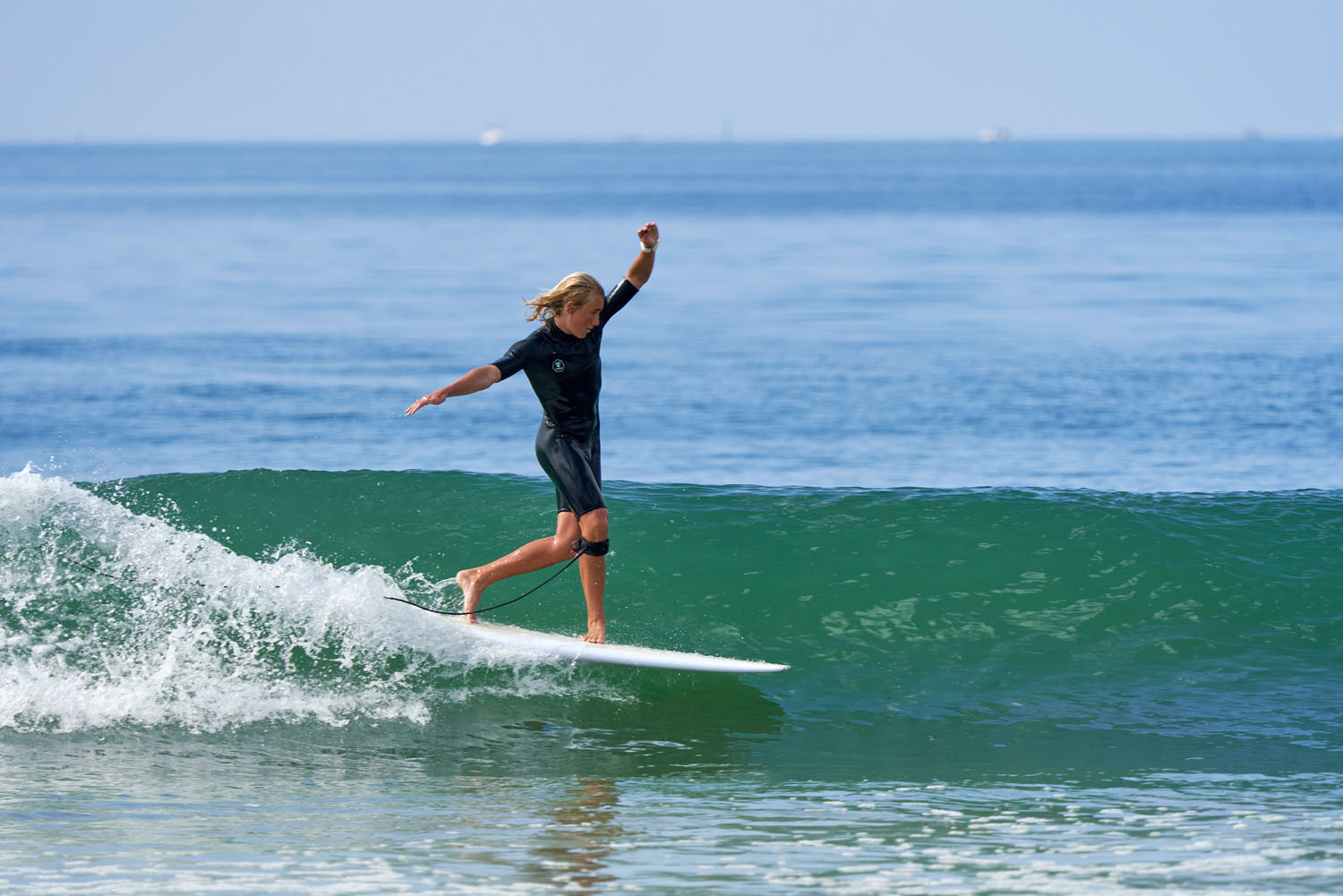
Trajectory and speed:
Place your board where the wave energy is strongest, close to the pocket or at least high enough on the wave. The goal is to put the board on autopilot before leaving your usual cockpit. Aim for a down the line direction with the inner rail submerged in the wave. The water on the rail provides stability as does the tail when half submerged as well. Because one of the keys to success is the position of your board on the wave.
Too low, and you are almost sure to pearl, too high and too soon, you will be overtaken by the wave.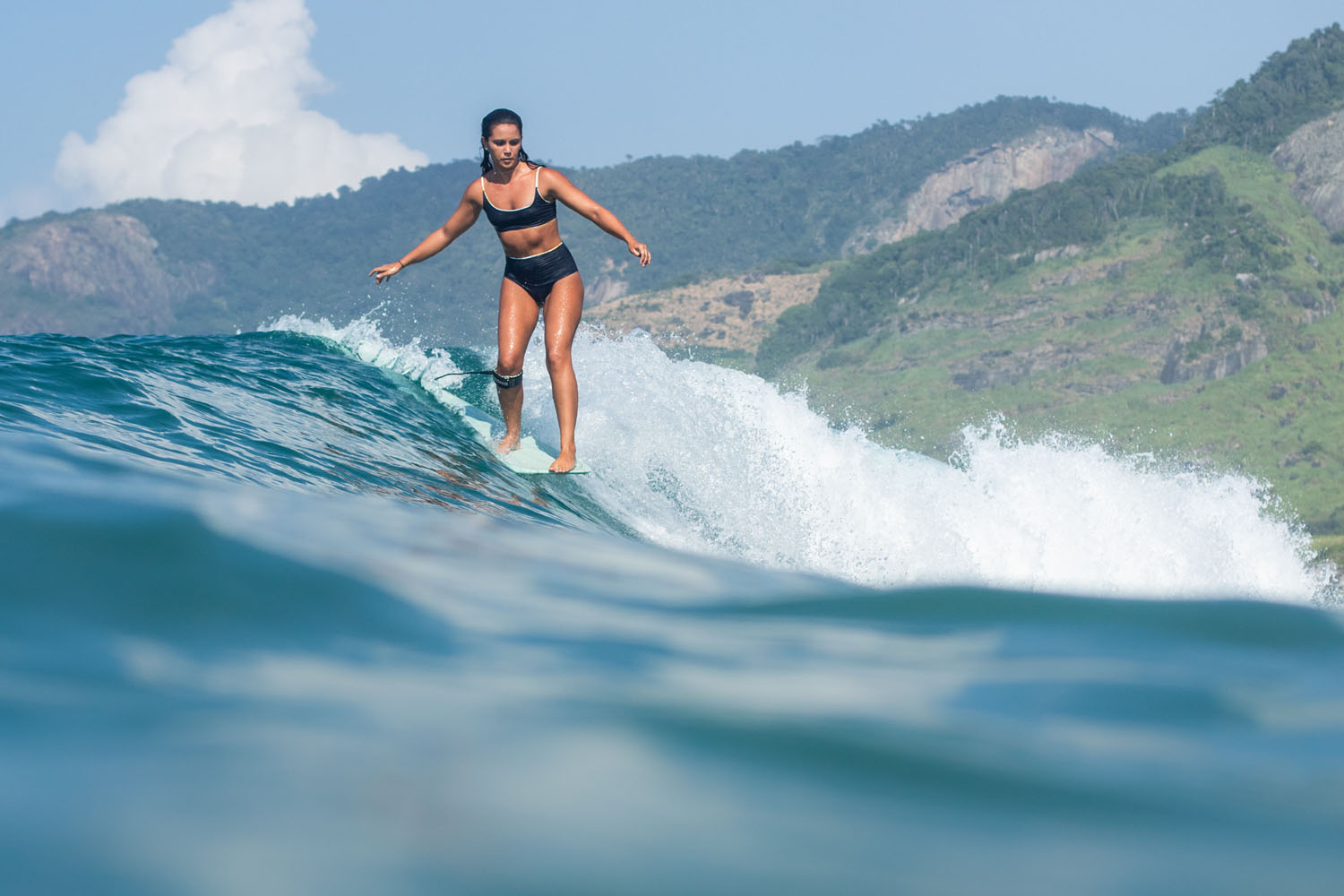
Which are the errors to avoid ?
If your nose ride turns into a nose dive, it is probably because this rule is not respected. Think of your board as a swing – you need the tail to be held in the wave to counterbalance your body weight on the nose. It’s a matter of timing. If you rush to the nose, the tail is not yet held by the wave. If you wait too long, the wave catches up with you and throws you off balance. No need to reach the last cm of the nose when you start. Try to find the right timing, but in any case, do not hesitate and go for it frankly. If you hesitate, there is a good chance that you have passed the most favorable and facilitating section of the wave.

Hang five, hang ten… how to make them?
Mastering forward and backward cross steps is the main thing. Next you have the Hang Five, that’s to say putting the 5 toes of your weak foot on the edge of the nose of your board. For the hang five position, lean back slightly to put more weight on your back leg, keeping your back knee more bent than the front and gripping the board with all of your toes. For the Hang Ten, place your back foot to meet your front foot and engage your trunk to maintain balance.
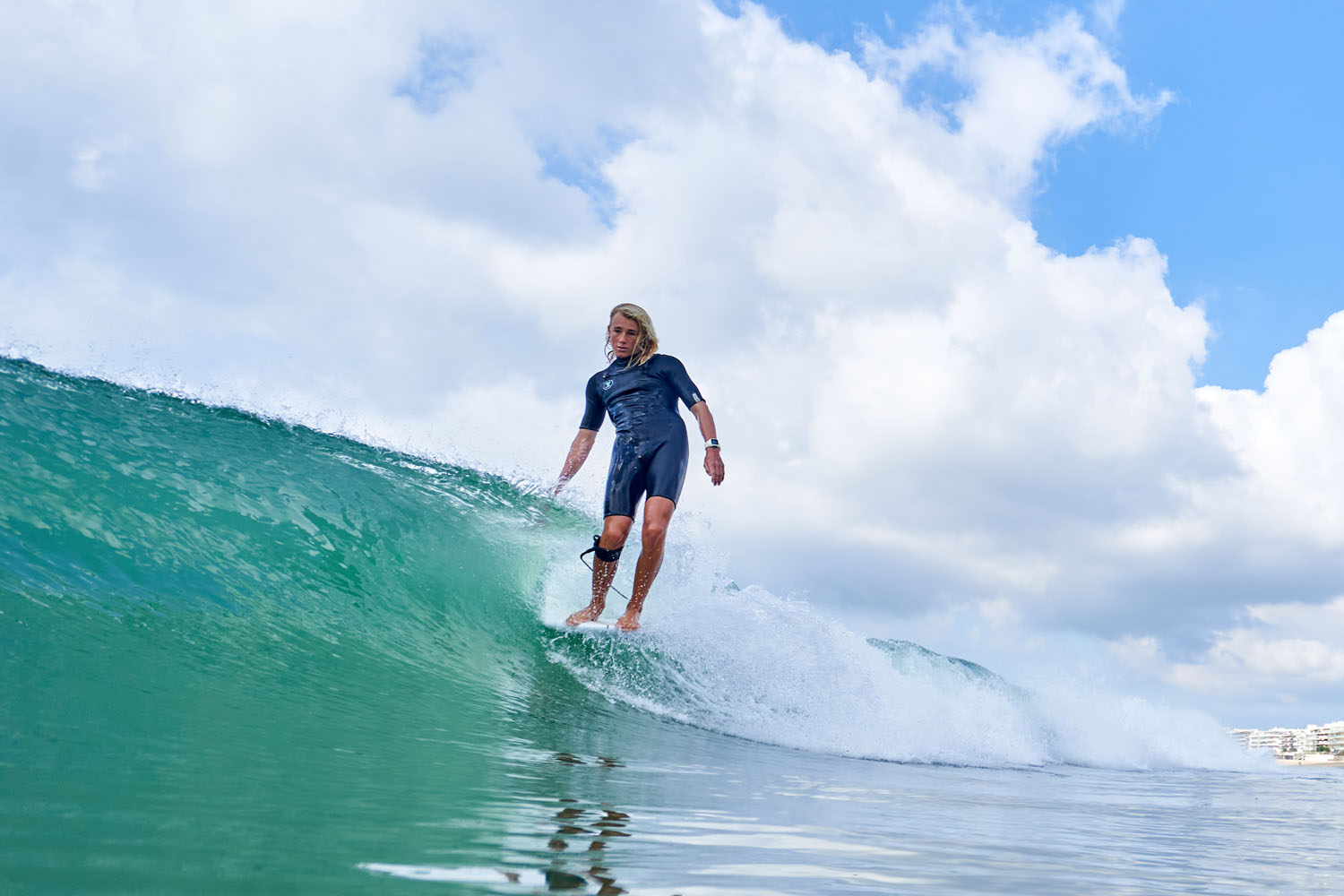
Noseriding is above all a question of confidence. You have to go for it frankly and come back at the right time.
Remember:
- Have a good trajectory, do not hesitate and go frankly.
- Do not be afraid of hollow sections. The classic mistake is to make this move on soft waves.
- Hold it!!! It is not because some water comes on the nose that you have to step back or throw yourself. Most often than not, the nose will come out. Temporize by shifting your weight to the back leg.
- Be toned: we do not go to the nose staggering. Be a smooth operator with style!!!
- When you feel that the end is approaching, step back frankly. Even if at the beginning it will be necessary to go too far to find the limit.
- Remember that the center of your board is a transition zone, at the back for maneuverability and to reposition your board, at the front to hold a nose ride.
